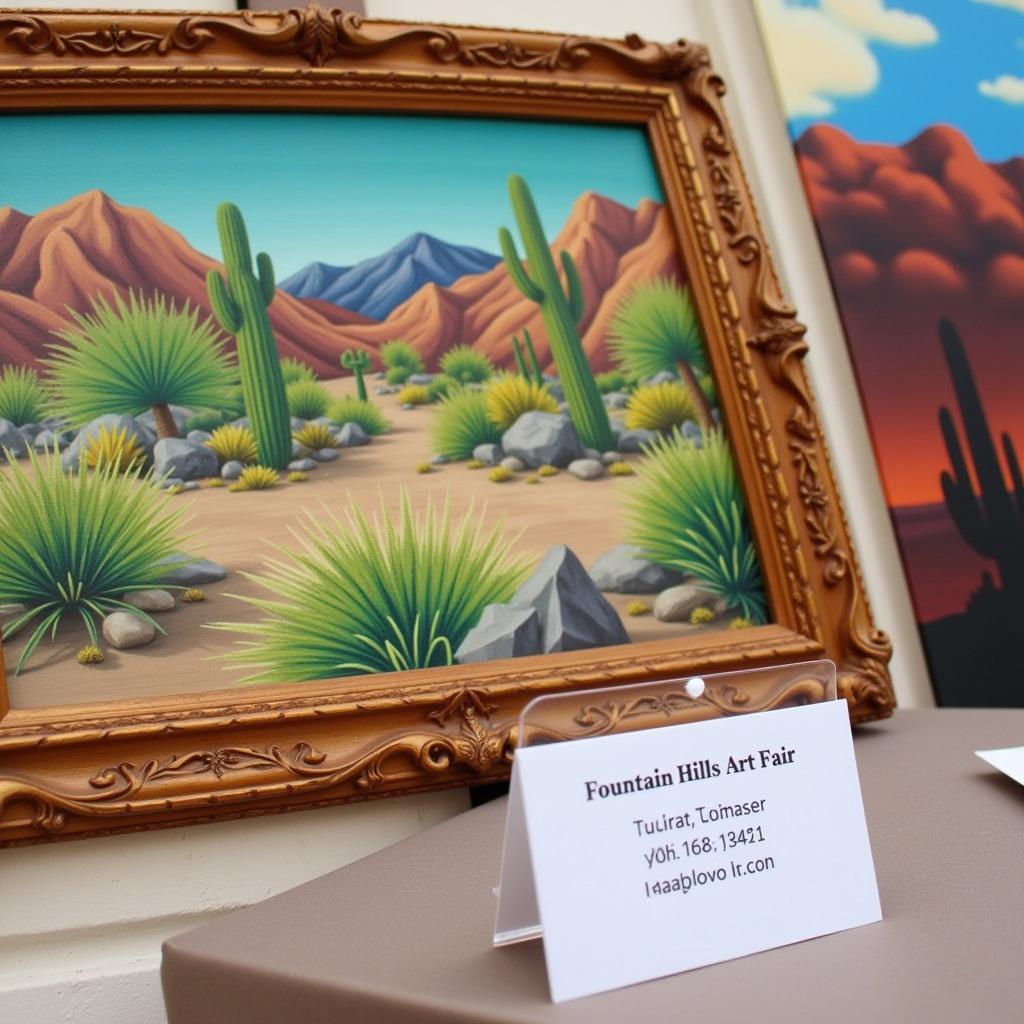Shifting Perspective Art: A Journey into New Dimensions of Creativity
Shifting Perspective Art challenges our traditional understanding of space, depth, and perception. This mesmerizing art form, also known as “impossible art” or “optical illusions”, plays with geometry and perspective to create mind-bending visuals that seem to defy the laws of physics.
The Illusion of Depth and Dimension
One of the key techniques employed in shifting perspective art is the manipulation of depth cues. By strategically using techniques like linear perspective, size variation, and overlapping elements, artists can trick our brains into perceiving three-dimensional space on a two-dimensional surface. This skillful manipulation of our visual perception is what makes shifting perspective art so captivating.
Imagine a drawing of a hallway where the lines converge towards a vanishing point, creating a sense of depth. Now, picture this hallway twisted and turned, with multiple vanishing points that disrupt our understanding of spatial relationships. This is the magic of shifting perspective art – it invites us to question what we see and how we see it.
Famous Artists and Masterpieces
The exploration of shifting perspective in art has a rich history. From the anamorphic skull in Hans Holbein the Younger’s “The Ambassadors” to the mind-boggling tessellations of M.C. Escher, artists have long been fascinated by the power of perspective to challenge our perception.
Escher, in particular, is considered a master of shifting perspective art. His intricate lithographs, such as “Relativity” and “Ascending and Descending”, feature impossible staircases, gravity-defying waterfalls, and paradoxical architectural structures that continue to fascinate and perplex viewers to this day.
Shifting Perspective in the Digital Age
With the advent of digital art, the possibilities of shifting perspective have expanded exponentially. Artists now have access to sophisticated software and tools that allow for even more intricate and complex manipulations of perspective. This has led to a surge in digital artists exploring the boundaries of shifting perspective art, creating stunning and thought-provoking works that blur the line between reality and illusion.
Creating Your Own Shifting Perspective Art
You don’t have to be a master like Escher to dabble in the world of shifting perspective. With a basic understanding of perspective drawing techniques and a dash of creativity, anyone can create their own mind-bending illusions.
Essential Tips for Beginners:
- Start with simple shapes and forms: Begin by experimenting with basic geometric shapes like cubes, cones, and cylinders. Learn how to manipulate their perspective to create the illusion of depth.
- Play with vanishing points: Experiment with using multiple vanishing points in your composition to create unexpected spatial relationships.
- Use shading and shadows effectively: Strategically placed shadows can enhance the illusion of depth and dimensionality in your artwork.
- Don’t be afraid to experiment: The beauty of shifting perspective art lies in its ability to challenge conventional thinking. So, don’t be afraid to break the rules and experiment with different techniques to find your own unique style.
Conclusion
Shifting perspective art is a testament to the power of human creativity and our ability to perceive the world in new and unexpected ways. It reminds us that reality is often subjective and that our perception can be easily manipulated. As digital tools continue to evolve, the possibilities of shifting perspective art are limitless, offering endless opportunities for exploration and innovation. So, embrace the challenge, unlock your imagination, and embark on your own journey into the fascinating world of shifting perspective art.
FAQs
1. What is the purpose of shifting perspective art?
Shifting perspective art aims to challenge our perception of reality and explore the illusions that can be created by manipulating perspective. It’s a form of artistic expression that encourages viewers to question what they see and how they see it.
2. Is shifting perspective art only possible in 2D?
While shifting perspective art is often associated with 2D mediums like drawing and painting, it can also be translated into 3D sculptures and installations. Artists can use real-world materials and spaces to create mind-bending illusions that play with our perception of depth and dimension.
3. What are some other names for shifting perspective art?
Shifting perspective art is also known as “impossible art,” “optical illusions,” or “illusionistic art.”
4. Where can I see more examples of shifting perspective art?
You can find a plethora of shifting perspective art online, in art books, and at museums showcasing optical illusions, graphic design, and contemporary art.
5. Can I create shifting perspective art even if I’m not a trained artist?
Absolutely! While mastering the techniques of perspective drawing takes practice, there are plenty of resources available online and offline that can guide you through the basics.
Need assistance with wall art tree stickers, a copper wall art tree, sticker wall art trees, or perhaps a metal palm tree wall art? For any inquiries, please don’t hesitate to contact us. Our dedicated customer support team is available 24/7 to assist you.
Contact Information:
- Phone: 02462573573
- Email: danteum@gmail.com
- Address: Savico Megamall, 7-9 Đ. Nguyễn Văn Linh, Gia Thụy, Long Biên, Hà Nội 10000, Việt Nam.




